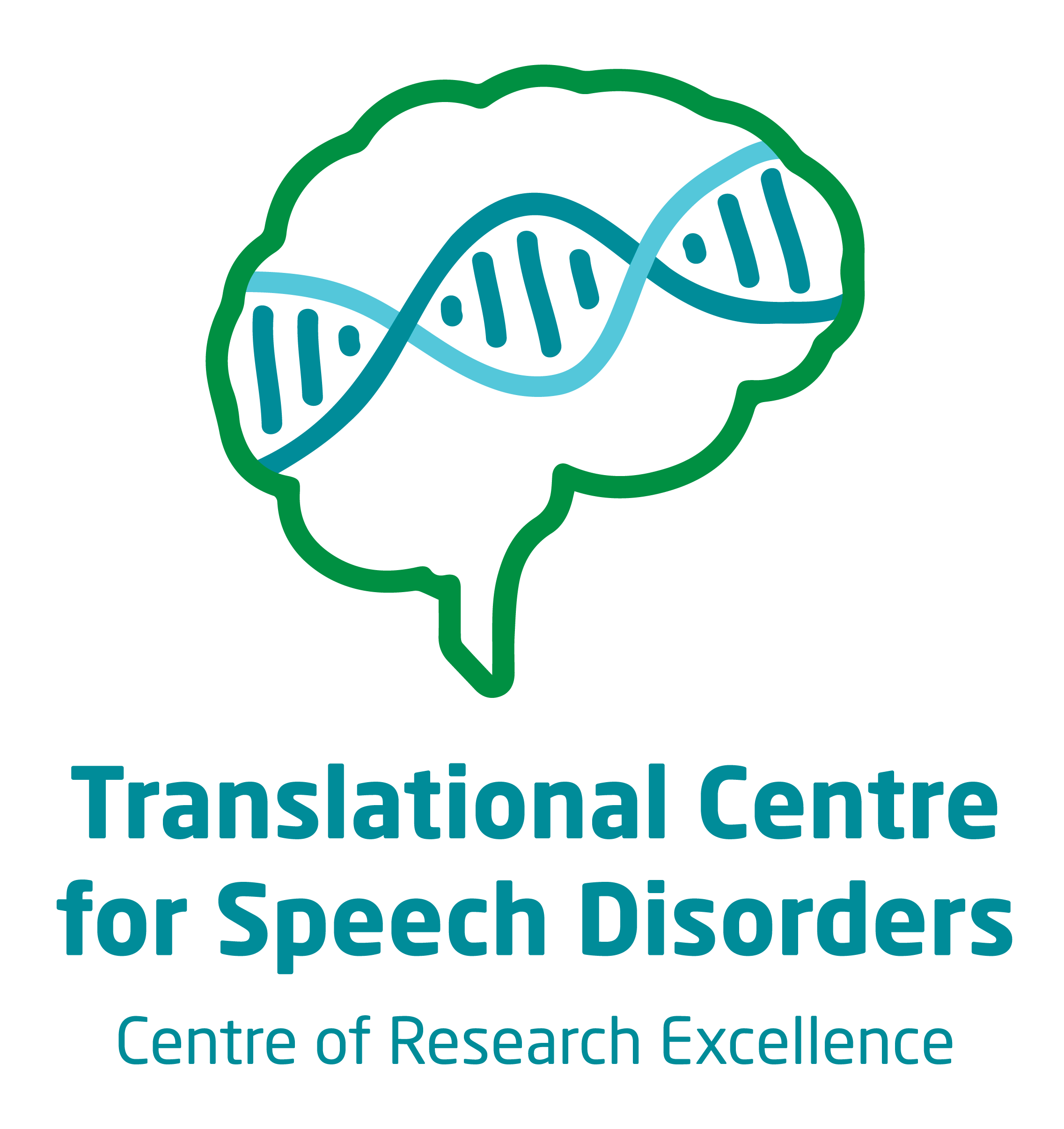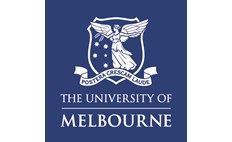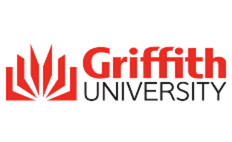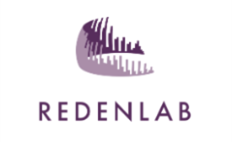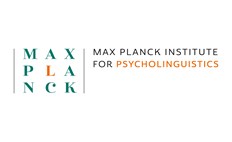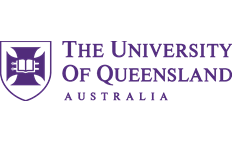DYRK1A
What is DYRK1A syndrome?
Dual specificity tyrosine phosphorylation regulated kinase 1 A, DYRK1A, plays a significant role in brain development and regulating cell proliferation, including shaping the brain and monitoring the brain’s structure. DYRK1A is found in a region of chromosome 21 that is critical for nervous system development.
Variations in the DYRK1A gene cause DYRK1A syndrome; a rare condition with a recognisable but heterogeneous phenotype, including a spectrum from mild to severe intellectual disability, speech and language disorders, epilepsy, microcephaly, delayed growth, autism, feeding difficulties, distinct facial features, and vision defects.
Contact
For further information, do get in touch with the CRE - Translational Speech and Language team at:
Email: geneticsofspeech@mcri.edu.au
Phone: (03) 9936 6334
Frequently asked questions
• Feeding difficulties: in infancy and early childhood, most children experience feeding difficulties. These feeding difficulties are commonly supported with modified diets, and alternative feeding methods (e.g., tube feeding). Later in childhood, many children have oral aversions and sensitivities to food textures which leads to them eating a limited range of foods.1,2
• Epilepsy: about one-third of individuals have epilepsy and take medication to control seizures.1,2
• Vision: most individuals also have vision impairment, and many require glasses.1
• Fine & gross motor delay: many individuals seek support from occupational and physiotherapists to support fine and gross motor development.1
• Surgeries: surgeries in this group are common, including surgeries to address vision impairment, gastrointestinal and urinary tract problems, musculoskeletal issues, and adenoidectomies and tonsillectomies.1
• Heart: approximately one-quarter of individuals have cardiac (heart) defects.
• Behavioural difficulties: these included diagnoses of autism spectrum disorder, attention deficit hyperactive disorder and anxiety.3 Whilst incidence of autism spectrum disorder is high, social motivation is also high in individuals with DYRK1A syndrome.1
• Sleep disturbances: for example, difficulty falling and staying asleep and waking early.
• Intellectual disability: ranging from mild to severe in nature.1
• Slow growth and microcephaly (small head).1,3,5
The age at which children say their first words is very delayed compared to typically developing children. Most children say their first when they are older than 18 months old (for typically developing children this occurs around 12 months old). Many individuals acquire few if any spoken words (often referred to as minimally verbal/vocal or non-speaking) and rely on other forms of communication (such as AAC).1,2,4
If a child begins speaking most will exhibit features of dysarthria, a neuromotor speech disorder. Some will also have another motor speech disorder too, called Childhood Apraxia of Speech (CAS). These motor speech conditions can occur at the same time in the same person.1
Some individuals learn to use single, spoken words but do not learn to combine words to make sentences.1,2 Most individuals who have limited or very unclear speech use augmentative and alternative communication (AAC), such as sign language, communication books or speech generating devices. A small number of individuals learn to combine words to create sentences and can converse with others using speech, although still present with dysarthria and/or CAS.1
There is no research on speech and language interventions that are specifically designed for individuals with DYRK1A syndrome. At present an individualised approach should be taken to assessment and management to ensure therapies are tailored to and optimised for each child.
Due to delayed speech and language milestones in DYRK1A syndrome, alongside motor speech disorders in individuals who use speech, AAC should be implemented as early as possible for individuals with DYRK1A syndrome. AAC interventions often involve as approaches such as Key Word Sign (e.g., Makaton, Baby Sign), Picture Exchange Communication Systems®, communication books and boards, and speech generating devices. Speech generating devices (also known as voice output communication aides, electronic AAC or high-tech AAC) can enable the individual to communicate using an electronic voice when selecting icons or pictures on a digital screen. Speech generating devices can be on a dedicated electronic device, or be a specialised application on a general device, such as an iPad®. Speech generating devices are recommended, as vision and motor impairments may make the use of other AAC, such as sign language, difficult.1
Assessment/evaluation
Important domains for a speech pathology assessment include:
- Speech production skills: to evaluate for specific speech diagnoses (e.g., CAS, phonological disorder)
- Expressive and receptive language skills
- Social/pragmatic language skills
- Feeding and swallowing abilities
- Augmentative and alternative communication (AAC), e.g., speech generating devices
The types of assessment tools used will vary depending on the child’s individual profile and developmental age. Assessment may be required at an initial diagnosis and throughout childhood and adolescence. The goal of assessment will be to understand the nature and severity of speech and language challenges, then make recommendations for appropriate therapies when needed.
Due to the prevalence of intellectual disability, most individuals attend specialist school settings or schools with specialist services.
In the main speech and language study available to date, there were 12 adolescents and young adults with DYRK1A syndrome. As in childhood, there was a range of speech and language skills. Some individuals were minimally verbal and used AAC, and others could engage in conversation independently.1 Likewise, some participants had mildly impaired expressive and receptive language skills, whilst others had severely impaired receptive and expressive language skills.1
There has not yet been any research into how communication changes across the lifespan in DYRK1A syndrome. In one publication, there were 12 adolescents and young adults with DYRK1A syndrome. As in childhood, there was a range of speech and language skills in this group.1 Some individuals had limited speech and used AAC, whilst others could engage in conversation independently. Similarly, some individual had mild expressive and receptive language impairments, whilst others had severely impaired receptive and expressive language skills. Many individuals have been reported to show growth in their speech and language skills well into adolescence and young adulthood.1
- For information on speech and language abilities and DYRK1A syndrome, please see our DYRK1A Fact Sheet.
- DYRK1A Syndrome International Association: Support Group Website
- More information on dysarthria: Dysarthria Fact Sheet
- More information on CAS: CAS Fact Sheet
- More information on AAC: AAC Fact Sheet
- Apraxia kids information support group: Support Group Website
References
- Morison, L. D., Braden, R. O., Amor, D. J., Brignell, A., van Bon, B. W., & Morgan, A. T. (2022). Social motivation a relative strength in DYRK1A syndrome on a background of significant speech and language impairments. European Journal of Human Genetics, 1-12.
- van Bon, B. W., Coe, B. P., de Vries, B. B., & Eichler, E. E. (2015). DYRK1A-related intellectual disability syndrome. GeneReviews.
- van Bon, B.W., Coe, B.P., Bernier, R., Green, C., Gerdts, J., Witherspoon, K., Kleefstra, T., Willemsen, M.H., Kumar, R., Bosco, P. and Fichera, M., 2016. Disruptive de novo mutations of DYRK1A lead to a syndromic form of autism and ID. Molecular psychiatry, 21(1), 126-132.
- Earl, R. K., Turner, T. N., Mefford, H. C., Hudac, C. M., Gerdts, J., Eichler, E. E., & Bernier, R. A. (2017). Clinical phenotype of ASD-associated DYRK1A haploinsufficiency. Molecular autism, 8(1), 1-15.
- Courraud, J., Chater-Diehl, E., Durand, B., Vincent, M., del Mar Muniz Moreno, M., Boujelbene, I., ... & Piton, A. (2021). Integrative approach to interpret DYRK1A variants, leading to a frequent neurodevelopmental disorder. Genetics in Medicine, 23(11), 2150-2159.
- Morgan, A. T., & Vogel, A. P. (2009). A Cochrane review of treatment for childhood apraxia of speech. European journal of physical and rehabilitation medicine, 45(1), 103-110.

